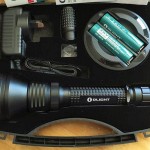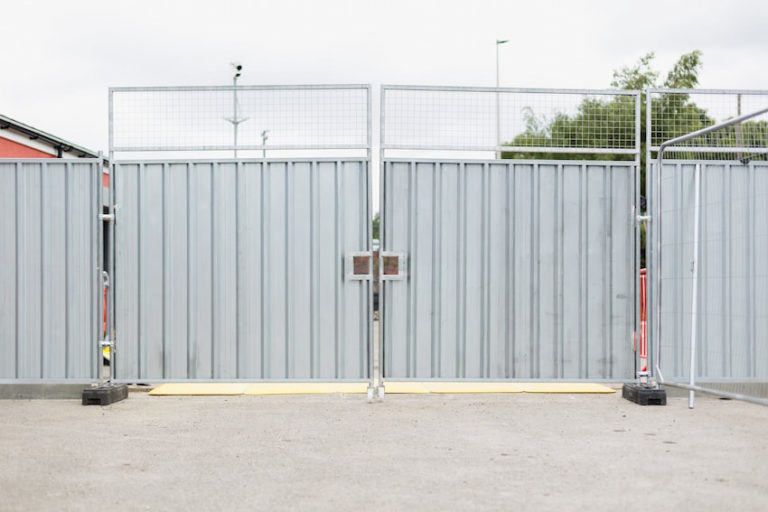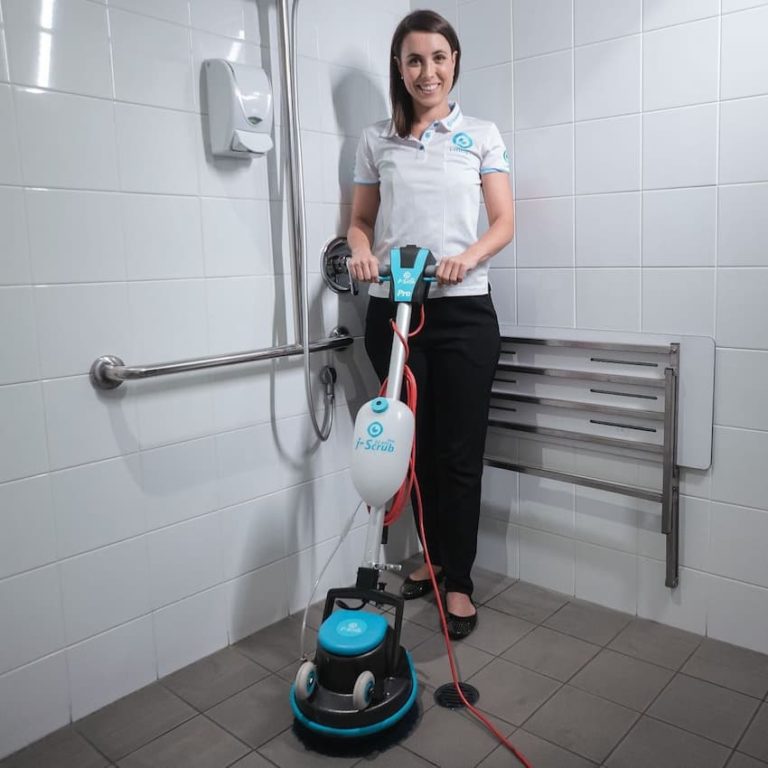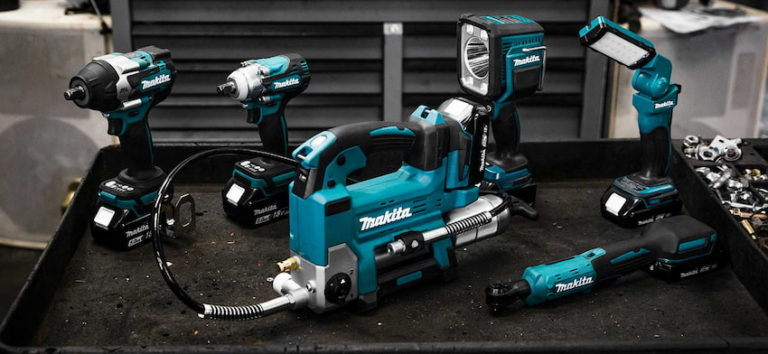In order to better understand control automation, we must understand the separate and the combined meaning of these terms. The term automation originates from two Greek words: auto – which means self and matos – which means moving. Logically, automation would refer to a system that is able to move by itself. However, when it comes to the usage of this term in industries, its meaning expands and gains a far more powerful dimension. Speed of operation, power and precision are aspects linked to automation.

Control, on the other hand, as a feature, refers to the function of technology that is used for achieving the wanted pattern regarding operational parameters and sequences. Control is in fact an aspect that provides the necessary input signal. Naturally, control automation heavily relies on Information Technology, but it is not one with it and here is why:
- Control automation is also linked to the following technologies: Communication and Display, Stand-alone or Embedded Computing Systems, Signal Conditioning, Instrumentation and Sensing.
- What makes control automation an inevitable and highly appreciated power tool is the large areas of operation they encompass and the way it is used for managing the manufacturing processes in a whole factory, or sometimes, several factories.
The Different Types of Automation Systems
The categorization of automation systems is based on the level of integration and flexibility they can offer within the course of the manufacturing process. Their classification goes as follows:
Fixed Automation
This type of automation is present whenever high production and dedicated equipment are in question. Any process that needs repetitive and fixed operation will also be bound to make use of fixed automation.
Programmable Automation
This type of automation takes place when changeable sequence of operation occurs. It is also used when we need to configure machines by using electronic controls. Whenever job variety is low and production is high, it is wise to use programmable automation – a type of automation that is very widely used.
Flexible Automation
Flexible Manufacturing Systems utilize this type of automation because they are computer controlled. All of the changes that are done are done automatically with the help of codes (high level commands).
Integrated Automation
When all processes are functioning under computer control and through the coordination of digital automation processing, we have integrated automation. This process includes the following technologies: computer-aided process planning, computer-aided design and manufacturing, automated storage and retrieval systems, flexible machining systems, production control and computerized scheduling. The name itself suggests that this is an operation that equals full process integration and relying on information and communication technologies.














